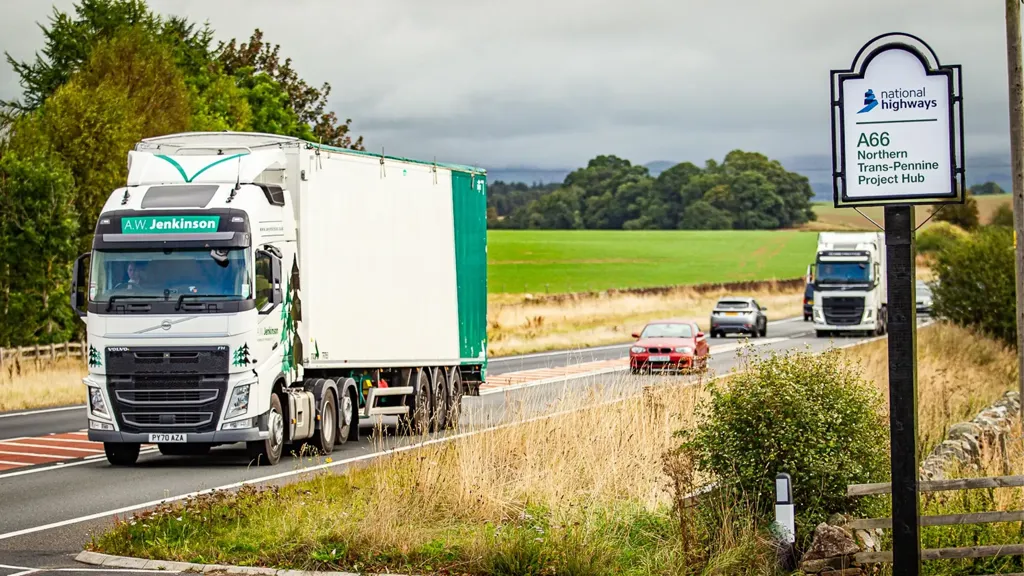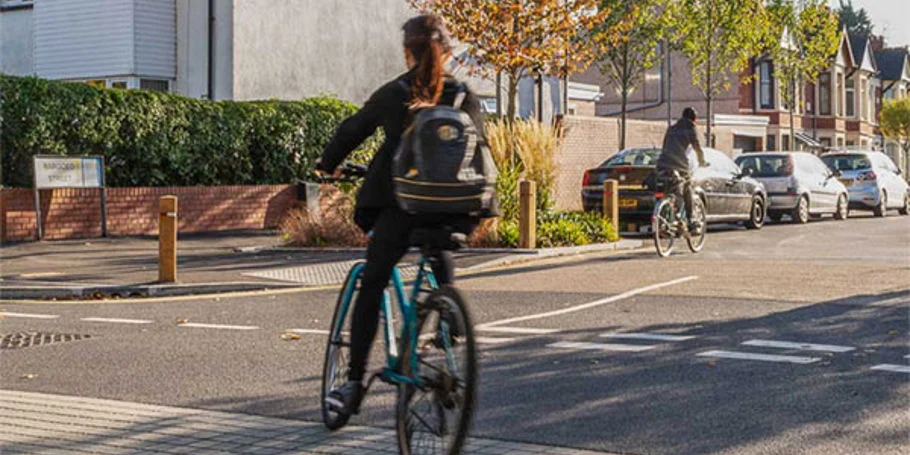Shaping Wales' electric vehicle charging infrastructure
Welsh Government Electric Vehicle Charging Strategy

What we delivered
-
Helping the Government of Wales develop a country-wide EV charging network by 2030
-
Discovering the geographic and physical opportunities for a large-scale charging infrastructure
-
Working with multiple stakeholders to realise the ambition of providing a future-ready EV charging network
Get in touch with our team
Electric vehicles (EVs) have a significant role to play in securing a greener future on our roads, with the transport sector alone accounting for 17% of greenhouse gas emissions in Wales.
To tackle these emissions, the Welsh Government’s 2021 transport strategy, Llwybr Newydd (New Path), identifies an approach to reducing transport related emissions. Alongside increased public transport usage, walking, and cycling, the phasing out of petrol and diesel cars in favour of EVs is an integral part of the strategy. As of 2020, ownership of EVs in Wales was lower than the rest of the UK at only 0.17%. To promote widespread adoption of EV ownership, accessible, available, and standardised public charging infrastructure is crucial.
Responding to Wales' charging needs
Predicting what type of charging is needed, how many chargers are necessary and where they should be located, involves a complex set of variables. Our team adapted our industry-leading model based on energy, transport and demographic data to develop bespoke charging behaviour scenarios for different EV users. Using these intelligent modelling processes, we were able to help inform the design of EV charging networks across Wales with a goal of delivering 30,000 fast charge points by 2030.
David Fisher
Senior Manager Business Solutions – Economy, Skills and Natural Resources, Welsh Government
Shaping the vision for EV charging in Wales
To help deliver on Llwybr Newydd, we were commissioned by the Welsh Government to develop its ‘Electric Vehicle Charging Strategy’ and ‘Action Plan’ – the set of actions required to implement the strategy. The Electric Vehicle Charging Strategy has been created to sit within the context of Llwybr Newydd as a specialist and priority topic area.
Our most recent work for this sector is the creation of the Electric Vehicle Charging Infrastructure: Welsh National Standards. These standards are aimed at public organisations, providing a common framework that supports the delivery of safe, accessible, and reliable public charging. It was created in response to some of the targets and priorities set out in the EV charging strategy and action plan.
A unified approach to the EV charging infrastructure
The creation of these working standards makes Wales one of the first countries to explore a unified and standardised approach to EV charging infrastructure delivery at a national level. These standards aim to help the Welsh Government to achieve its 2025 target that all users of electric cars and vans in Wales should be confident that they can access the electric vehicle charging infrastructure when and where they need it.
Our team was guided by engagement with a range of stakeholders including Welsh Government departments, Welsh local authorities, distribution network operators and disabled motoring groups. As a result, the recommendations in the document consider the needs of all stakeholders with an interest in the EV charging infrastructure. The aspects covered in the recommendations include: the initial site selection, streetscape design (road markings, lighting, and accessibility), the energy and connections process, the operation of infrastructure, and other additional guidance to include procurement methods and asset futureproofing.





Providing charging access to all
Some of the recommendations note that the charging infrastructure should be accessible for all users. This means that parking space layout, height and positioning of charging equipment, along with the charging signage to assist users is appropriate for everyone, including those with physical disabilities or limited mobility. It also states that there should be equal access to charging infrastructure regardless of geographic distribution and that the user experience should be consistent. Users should encounter familiar charging interfaces, procedures, and reliability wherever in the country they are charging their vehicle.
In addition, the guidance advises that infrastructure should be future-proofed, meaning features such as layout flexibility and future electrical capacity requirements are considered that will enable the network to adapt to future expansion and emerging technologies.
Developing an inclusive strategy
Our team of decarbonisation advisors, data scientists, transport planners, environmental consultants, user experience specialists and economists have worked closely with Welsh Government to create an inclusive and unique approach to EV charging in Wales. The guidance and strategy work that we have delivered will directly impact the uptake of EVs across Wales, helping achieve its net zero target.
Afallen
Projects
Explore more roads and streets projects

Major redevelopment transformed with integrated transport and sustainable design
Cardiff Central Square

Strengthening Suurhoff bridge with innovations in bridge renovation
Suurhoff bridge, Netherlands

Sustainable innovation drives design of Copenhagen’s proposed Eastern Ring Road
Eastern Ring Road, Denmark

Transforming the A66 Northern Trans-Pennine to deliver more than just safer journeys
A66 Northern Trans-Pennine upgrade, United Kingdom
Get in touch with us
If you'd like to speak to one of our roads and streets experts about any of the issues raised on this page or a potential collaboration then please get in touch by completing the form.

